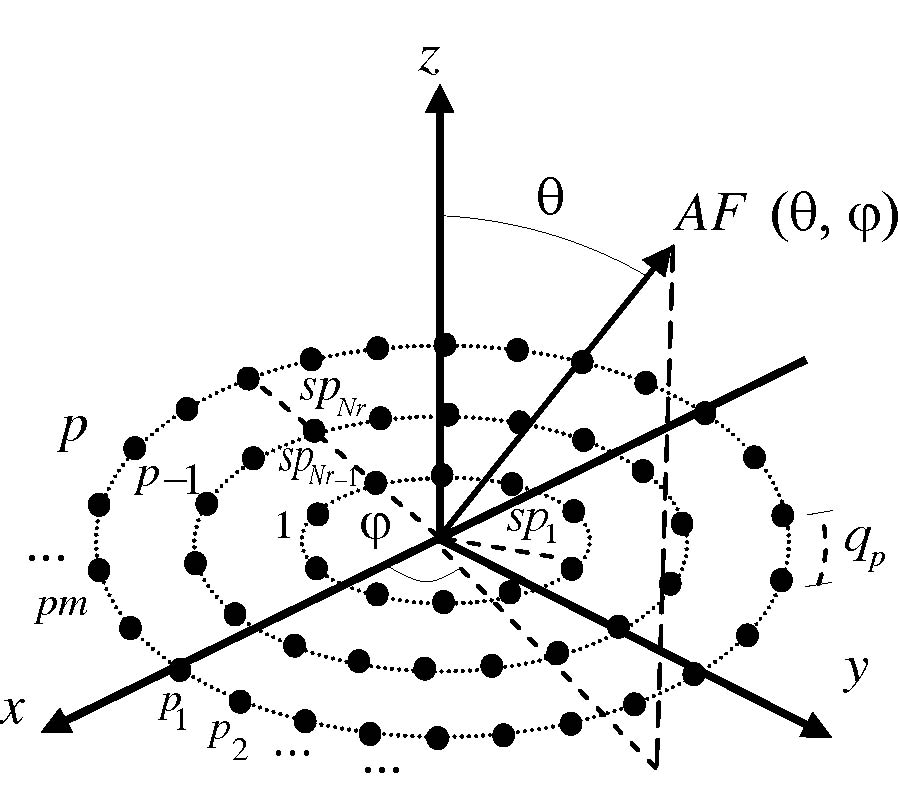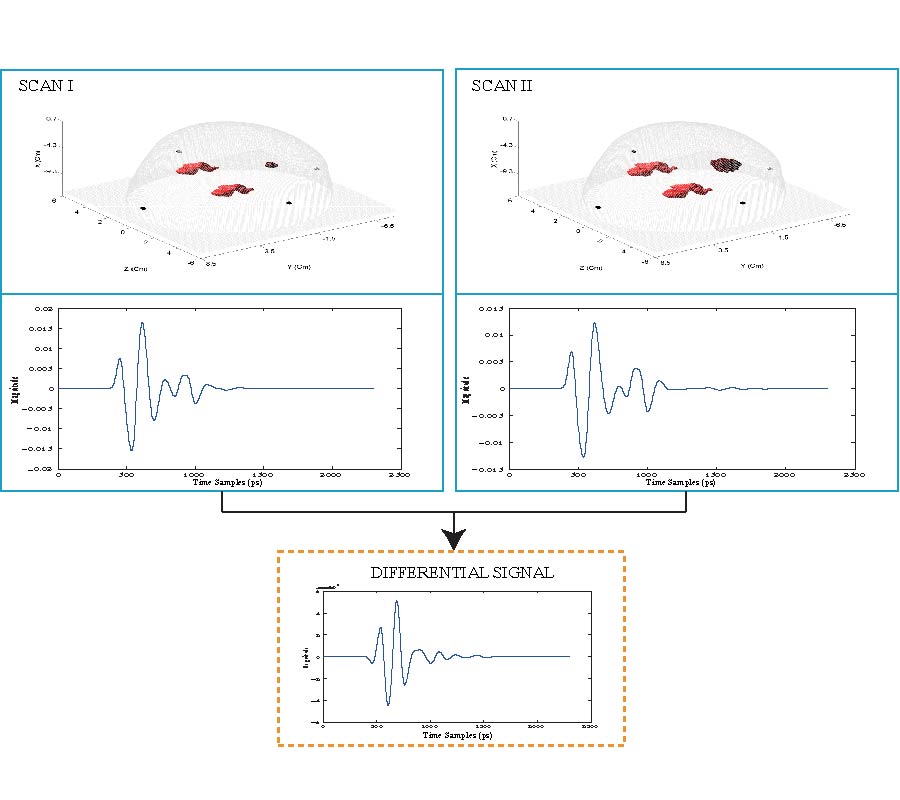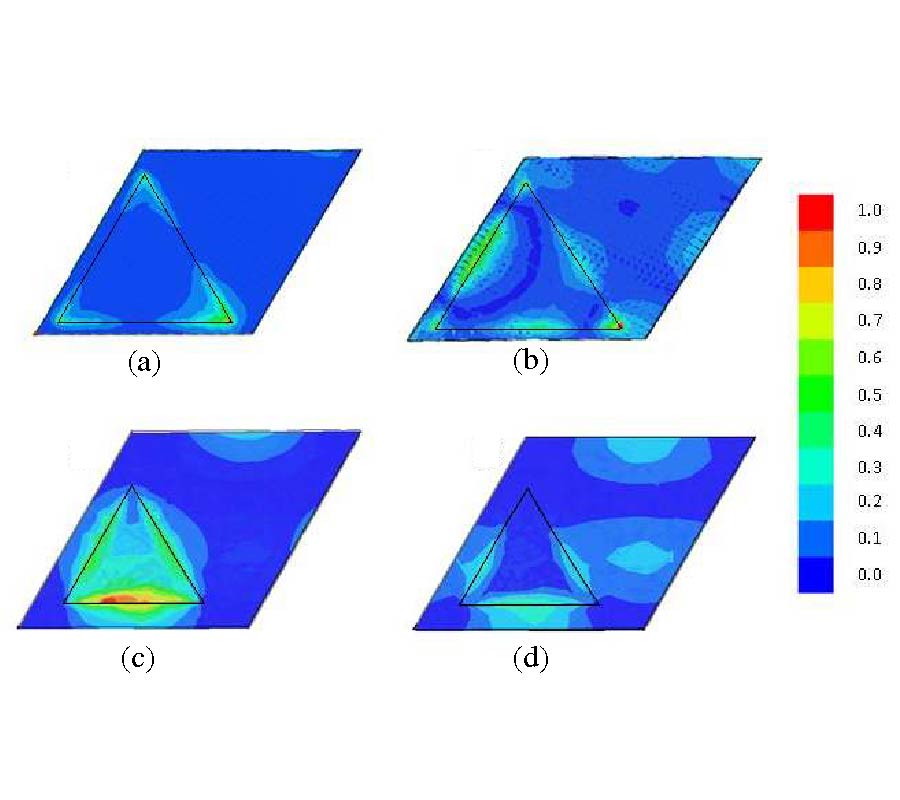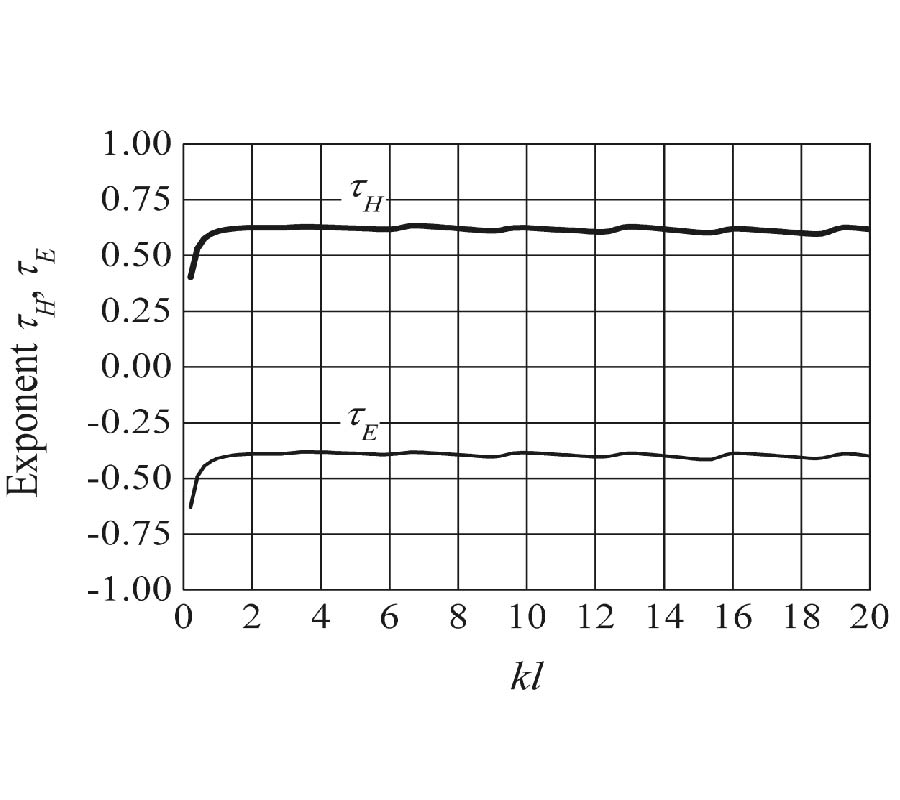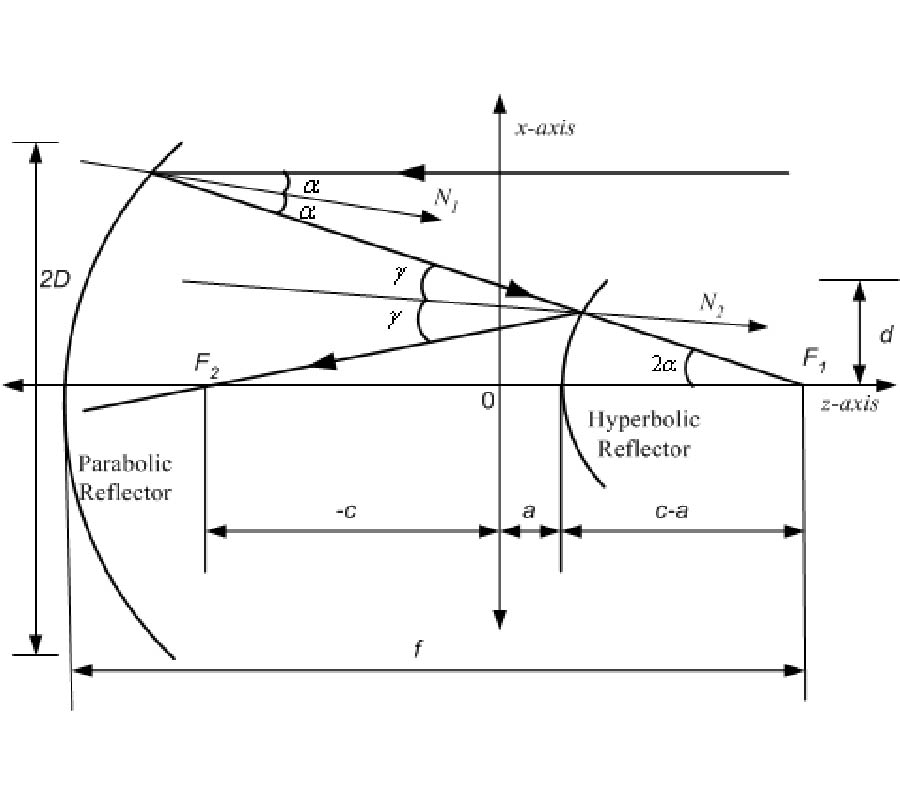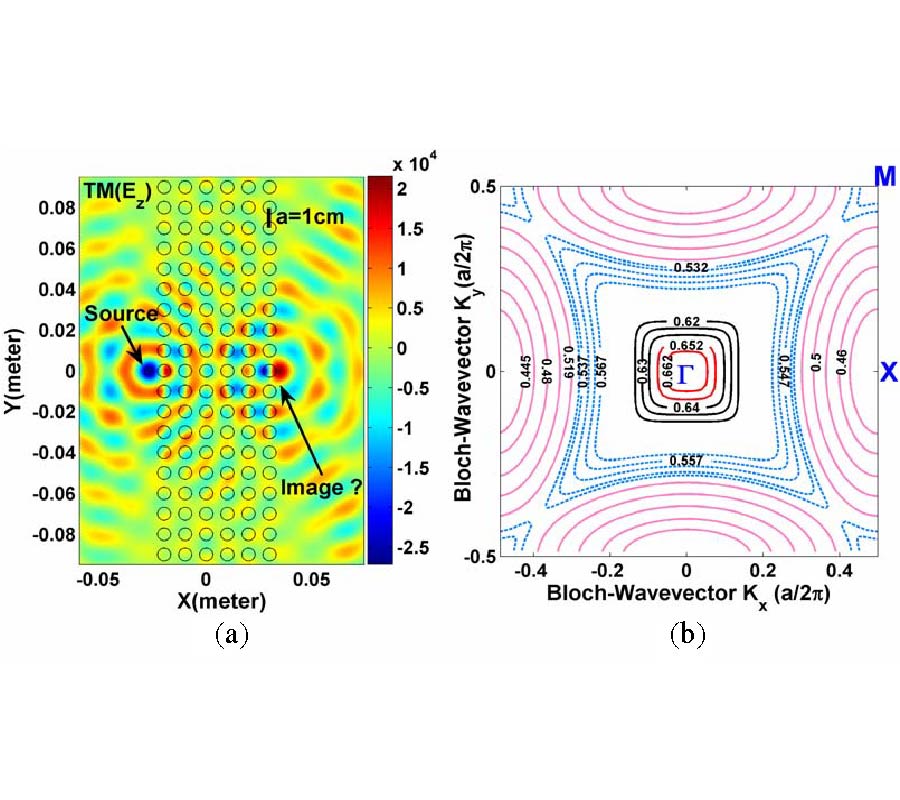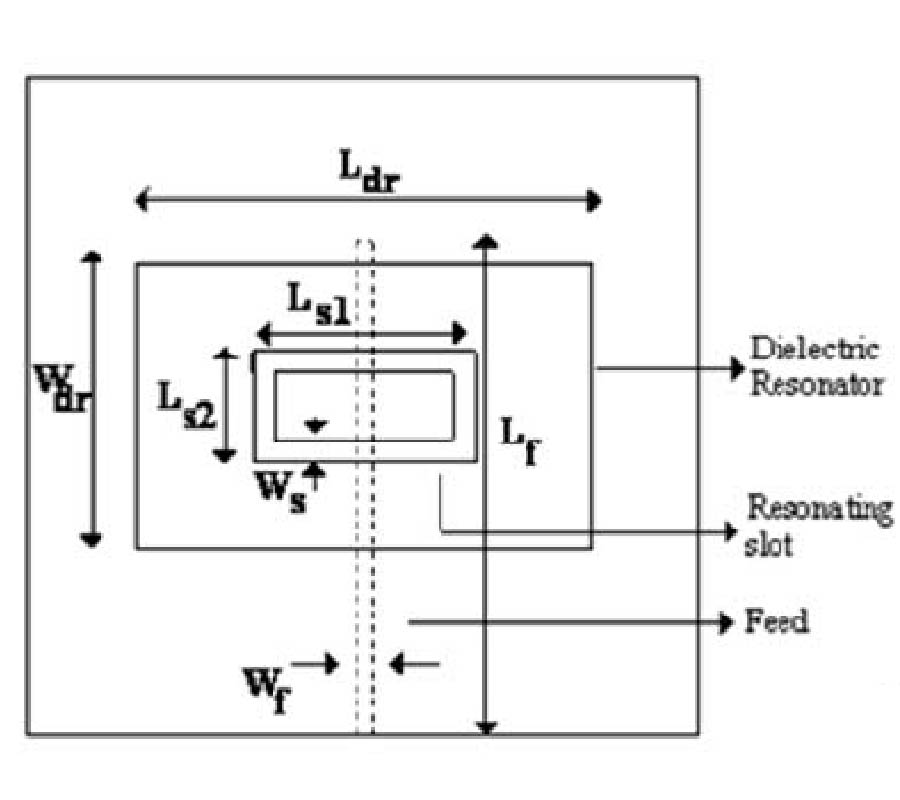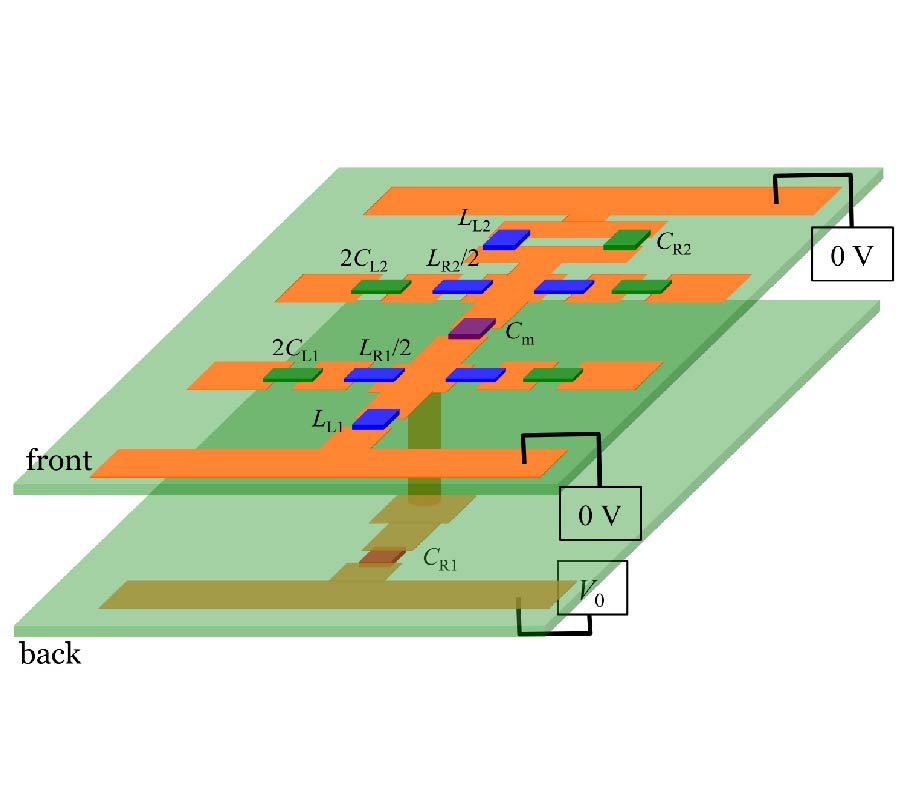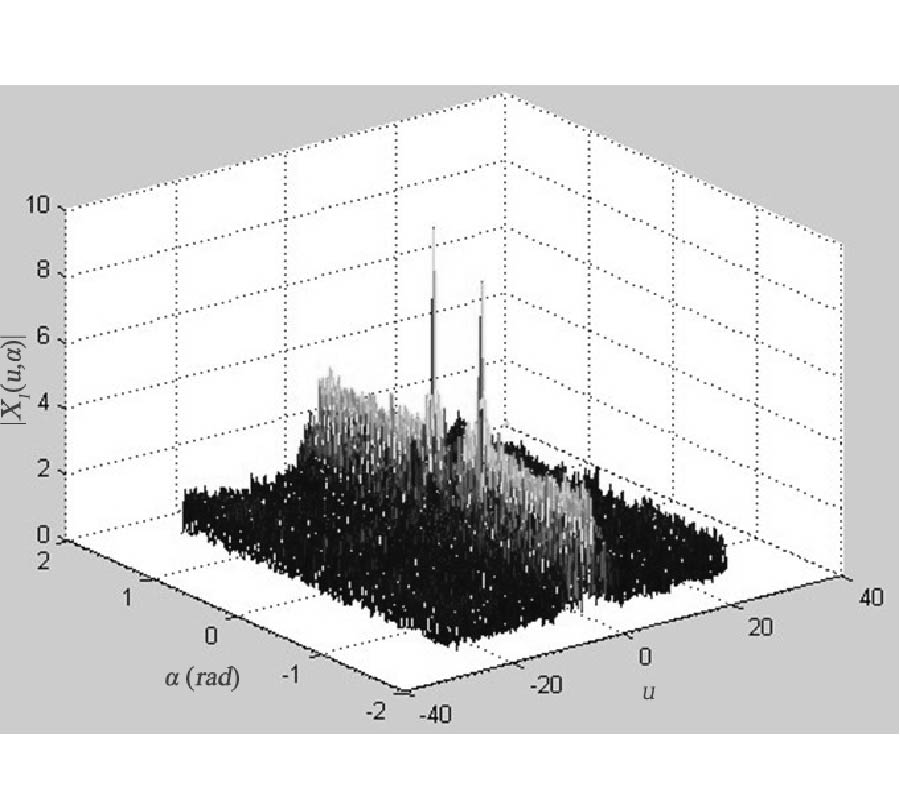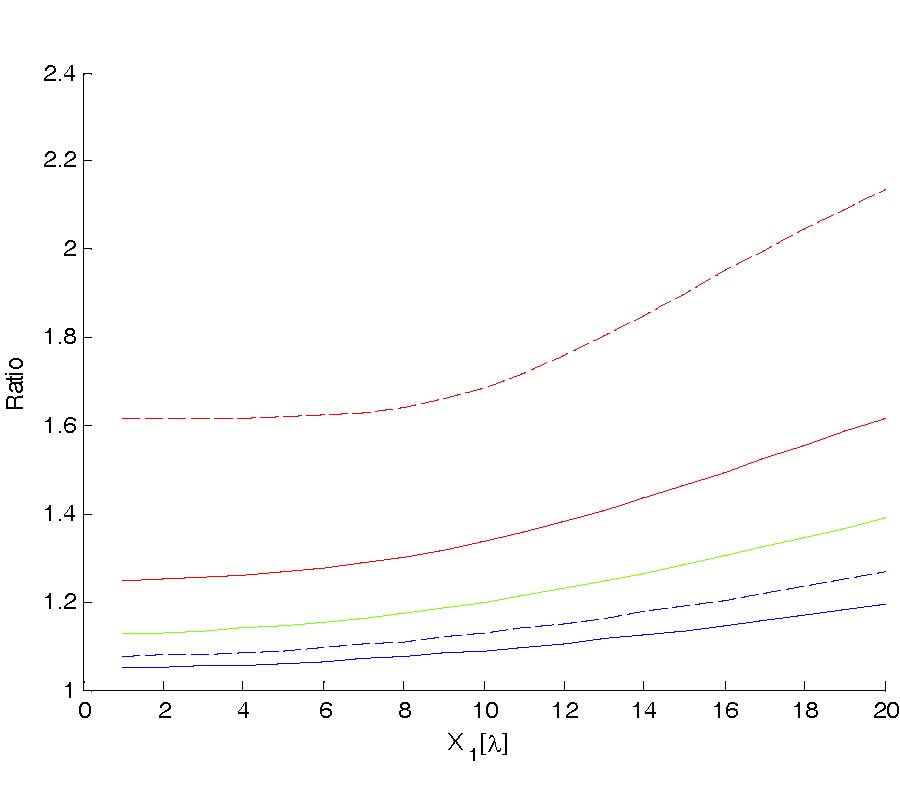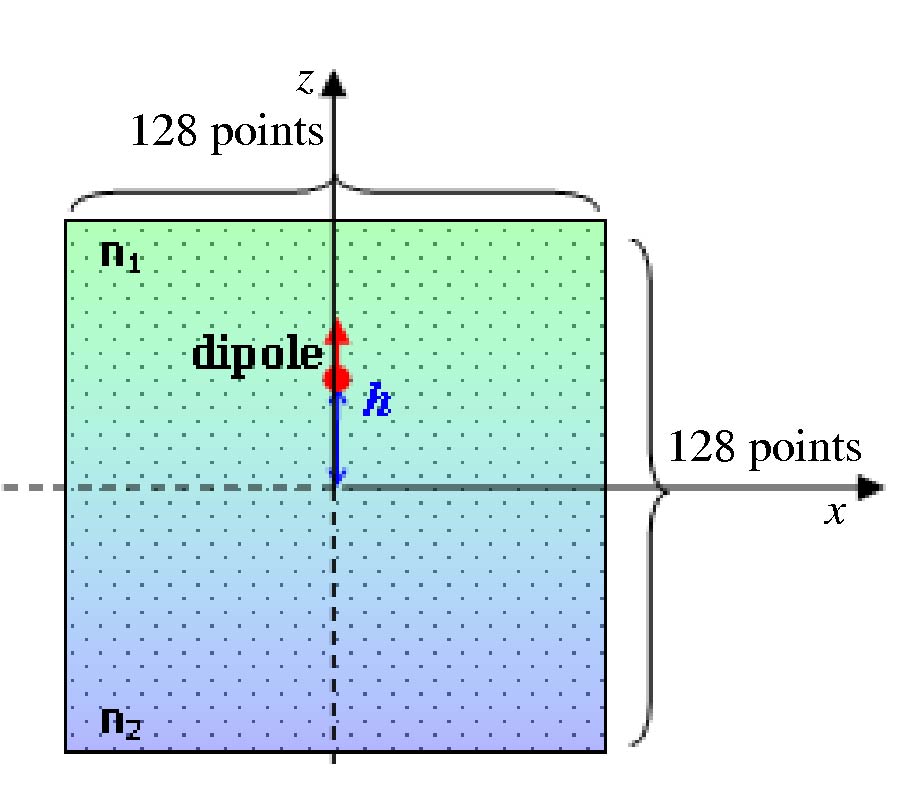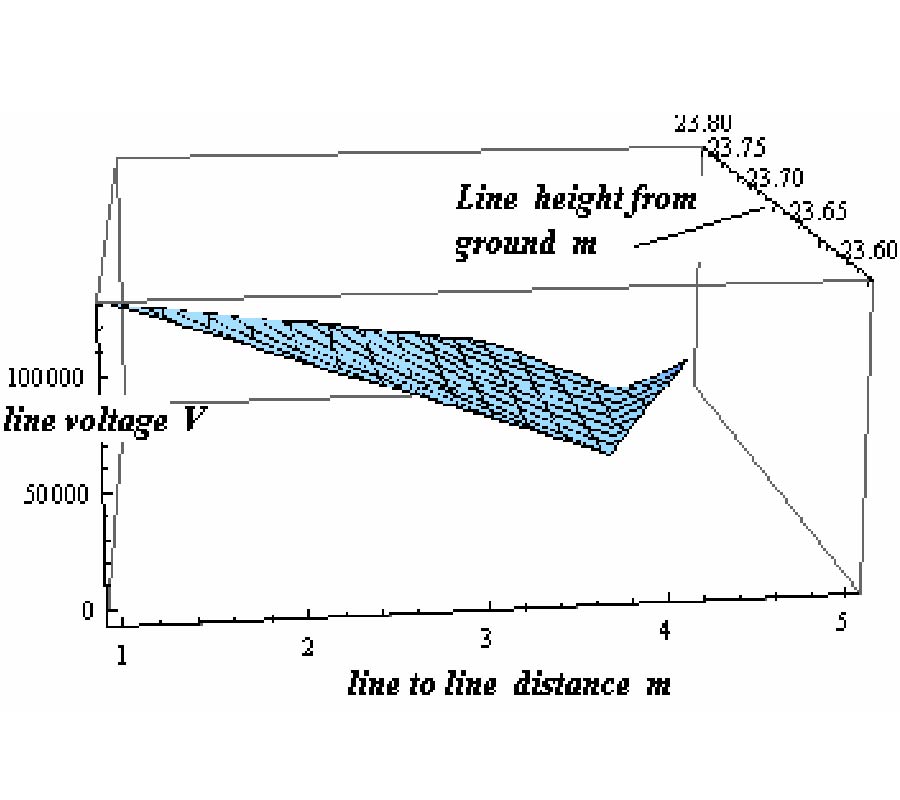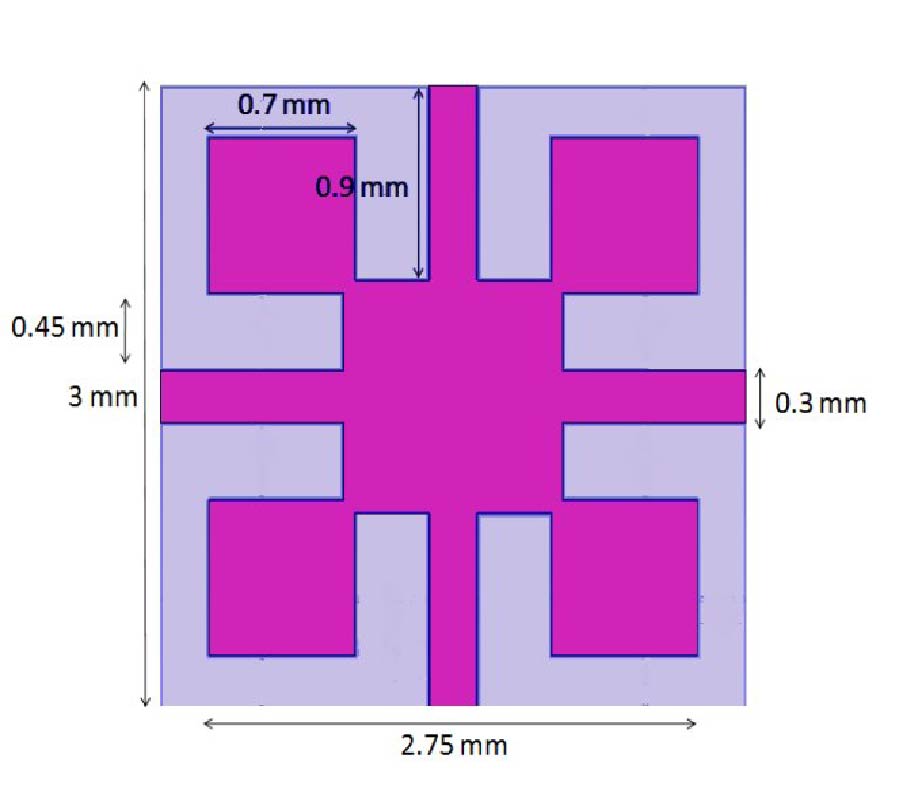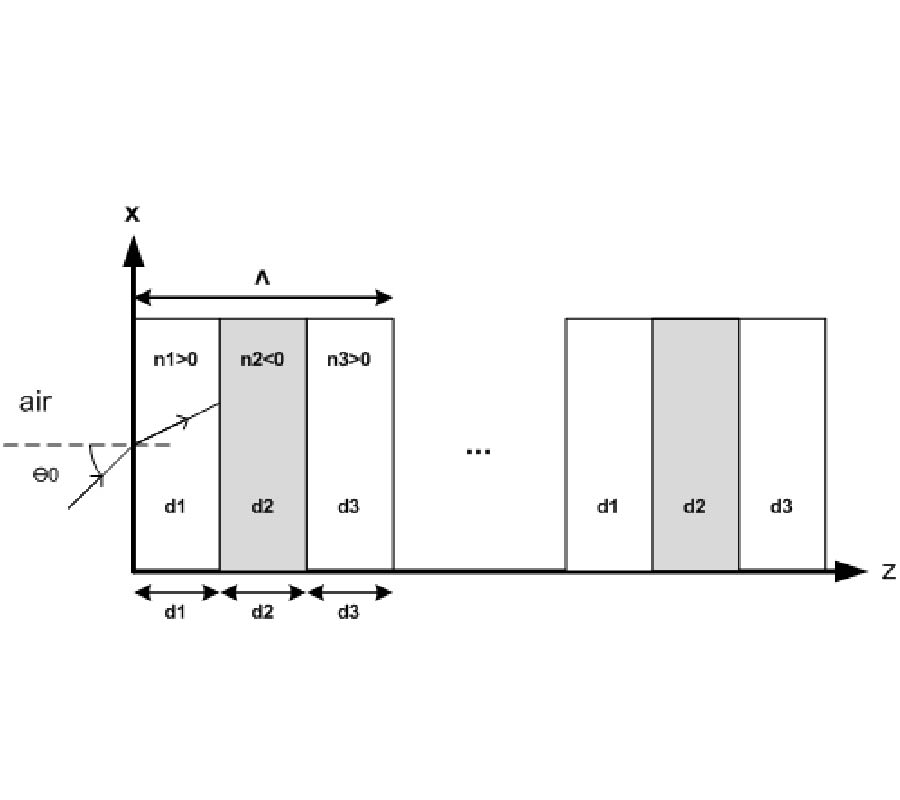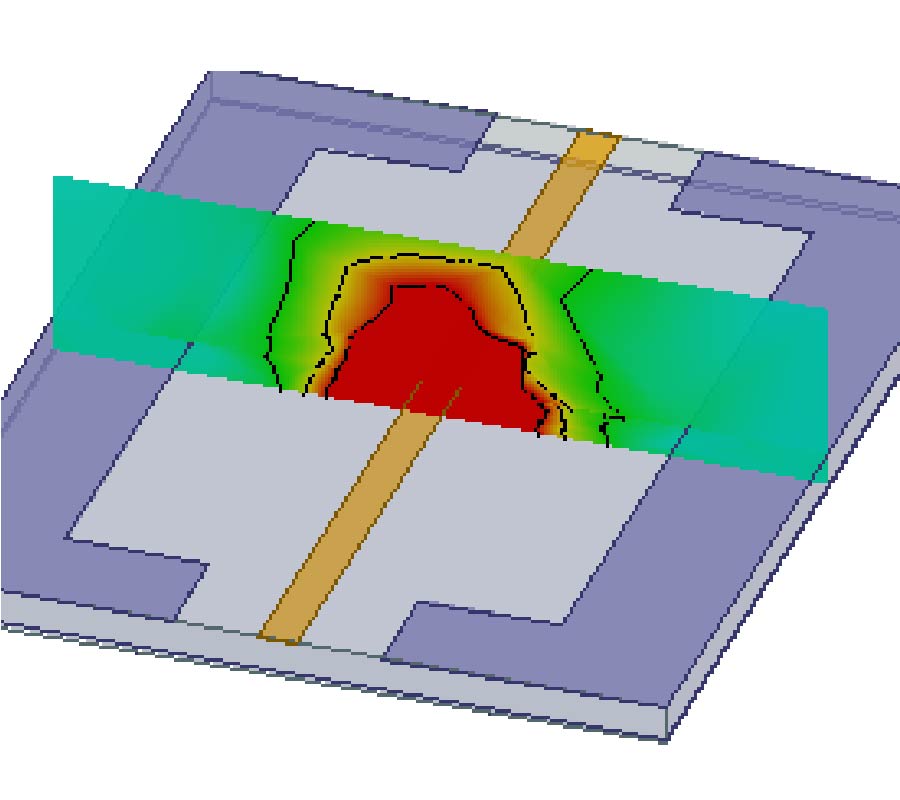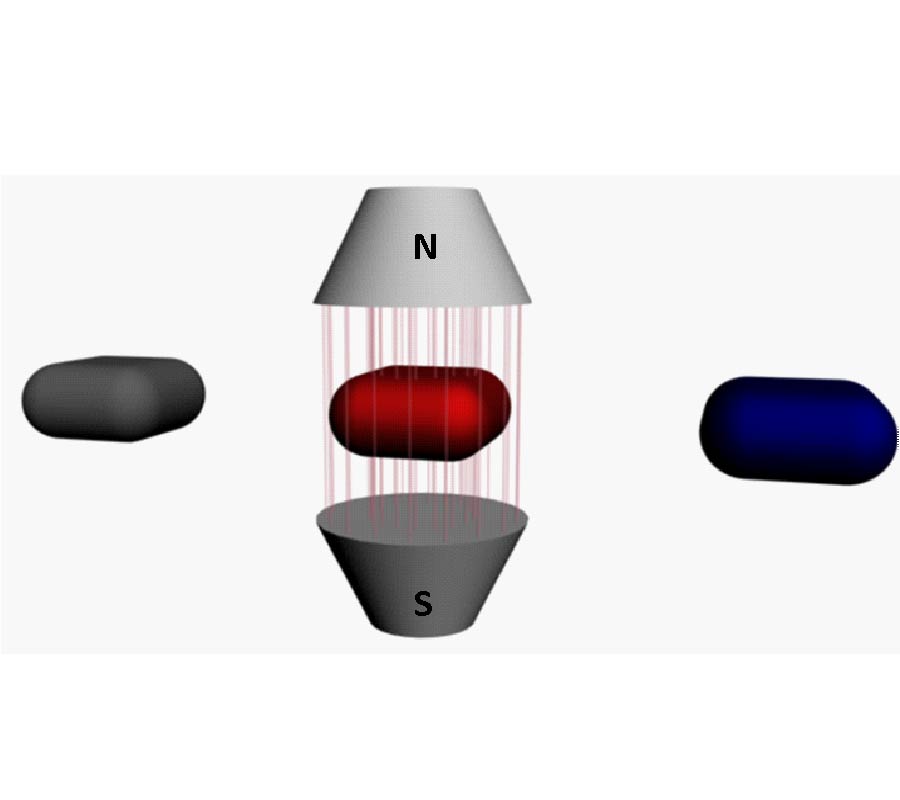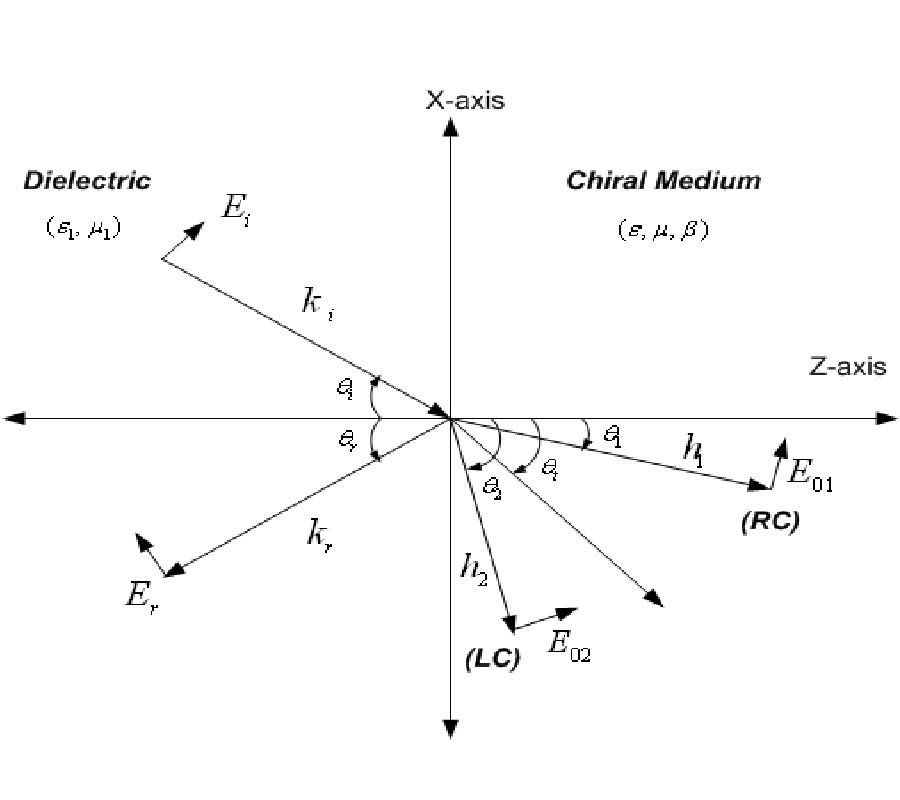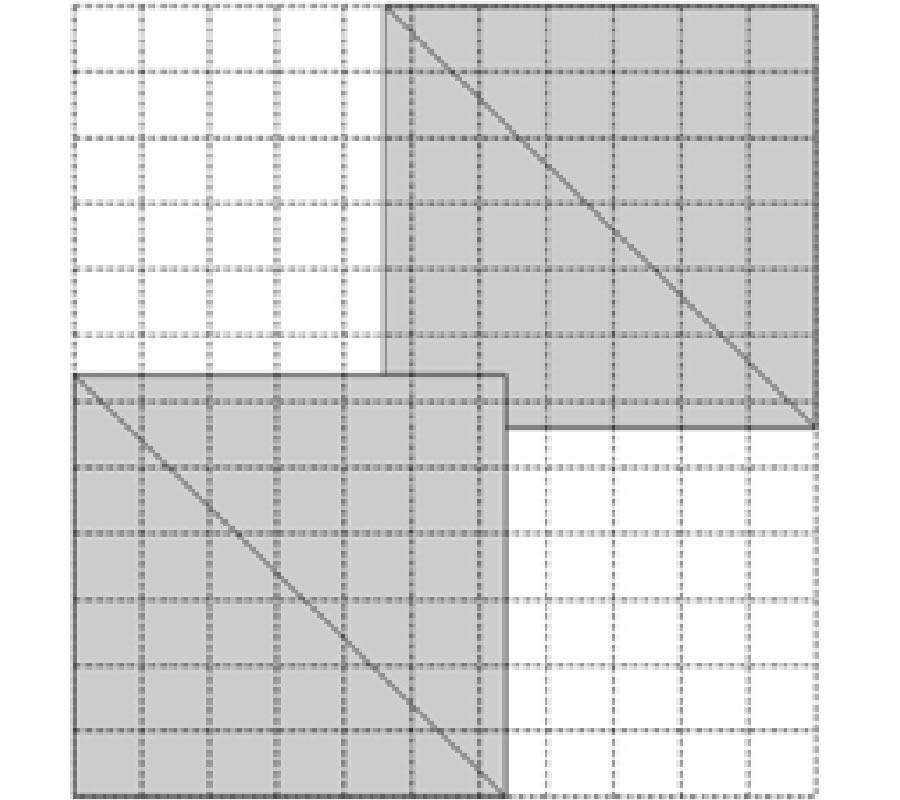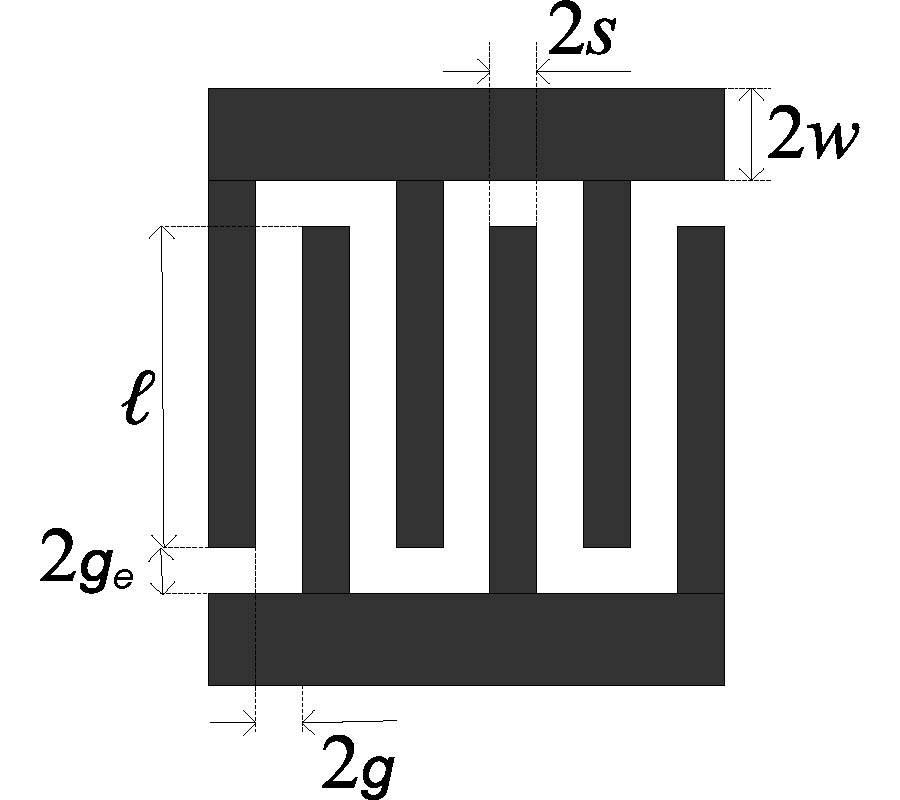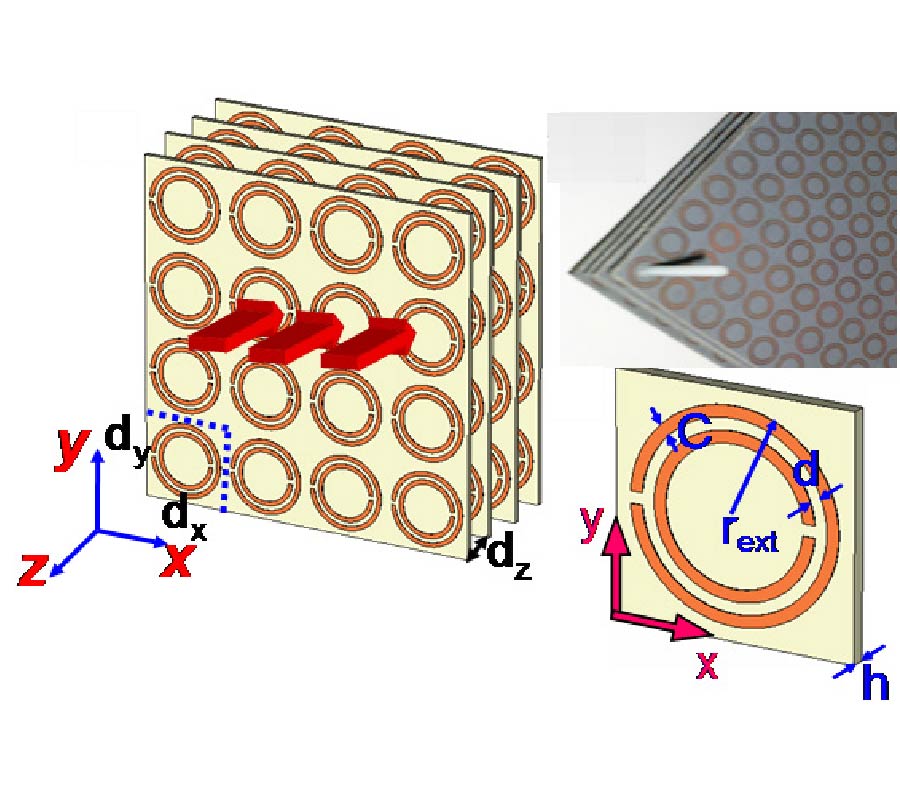Transmission Properties of Stacked SRR Metasurfaces in Free Space
Mariem Aznabet,
Miguel Navarro-Cia,
Miguel Beruete,
Francisco J. Falcone,
Mario Sorolla Ayza,
Otman El Mrabet and
Mohammad Essaaidi
In this paper, transmission properties of stacked split ring resonators metasurfaces in free space and under normal incidence are investigated experimentally and numerically. Emphasis is put on studying the interaction between adjacent SRRs metasurfaces. The thorough analysis of the electromagnetic fields shows that both magnetic and electric coupling can occur between adjacents metasurfaces for vertical and horizontal polarization. In addition, we found that all propagating bands within our spectral window (up to 20 GHz) support right-handed behaviour. Both simulation and experiment results in the microwave regime are in good agreement.
